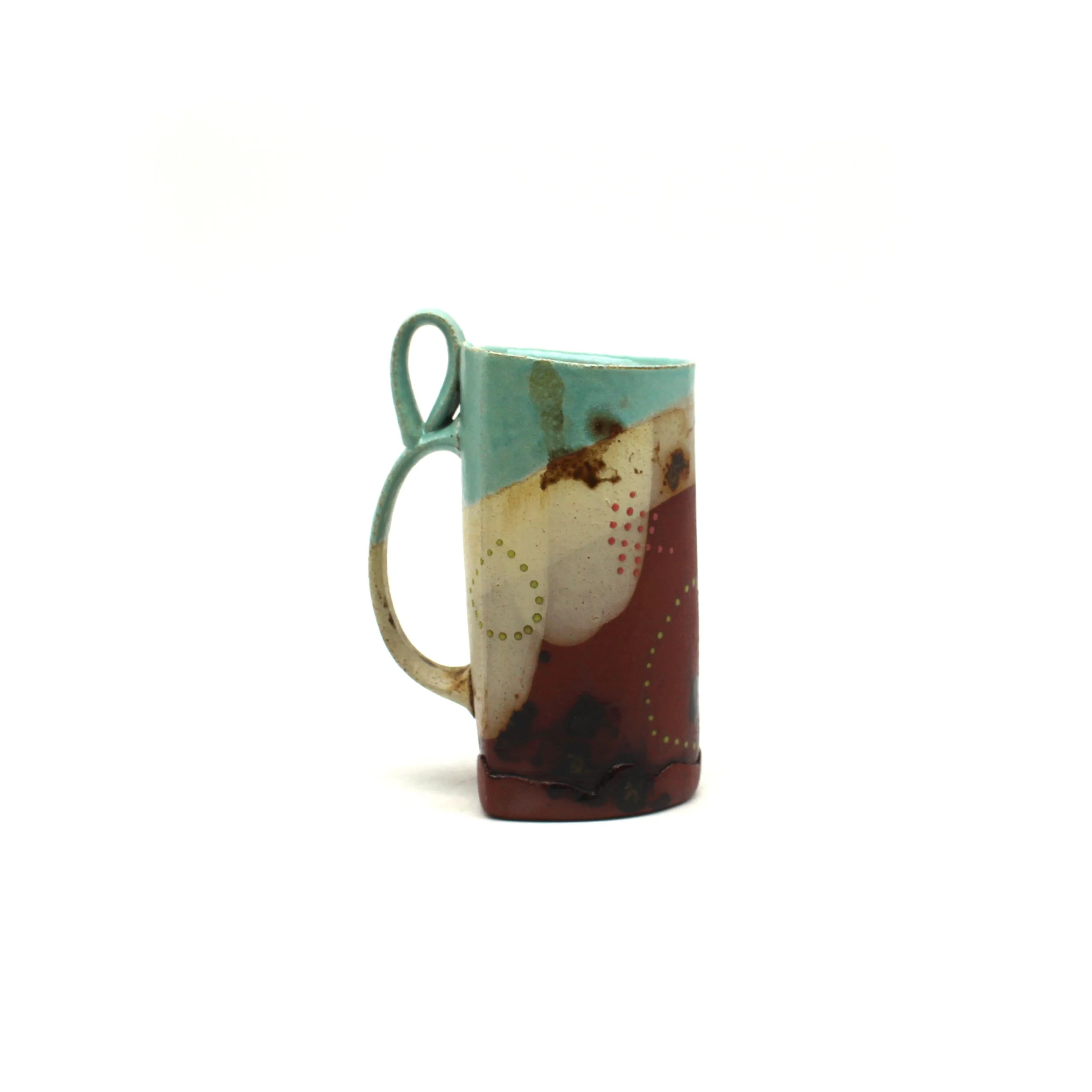Dehmie Dehmlow
Bio
Dehmie Dehmlow grew up in Denver, Colorado. She makes pottery and mixed media modular sculptures that tell stories using found materials, ceramics, and other fabricated objects. She has been teaching ceramics and sculpture for about 5 years. She earned her BA in Ceramics and Pre-Medical Sciences from Colorado State University. In addition to ceramics Dehmie's background is in caregiving for elderly and adults with disabilities. Dehmie was a ceramics intern at Anderson Ranch Arts Center in Colorado before she was selected as the 2019 Salad Days Artist in Residence at Watershed Center for Ceramic Arts in Maine. Dehmie then completed a Post-Baccalaureate program at Louisiana State University. She received her MFA from University of Nebraska-Lincoln in 2022 and then completed a residency at PrattMWP in New York. She is currently the Ceramic Artist in Residence at Lawrence Arts Center in Kansas. Dehmie enjoys being outside with her dog, Hadlee, and observing the world and people around her.
Artist Statement
My work is empowered by intuition and imagination and is based in storytelling. I build sculptures and pottery using a strong compositional and formal sensibility as my guide. My practice as an interdisciplinary artist making modular sculpture engages in thought processes that deploy forms of reclamation. My assemblages act as declarations of value as the discarded and salvaged materials, and objects I collect are used to create and construct an imagined, collaborative, whole composed of desperate parts. Similarly, I make my pots as wholistic compositions that playfully navigate and push the parameters of existing as vessels or pottery. At each layer in the process, I give a piece what I feel it needs, and that series of decisions accumulates into a composition, telling that pot’s story. With a focus on slab building and layered surfaces, I create depth in my work through texture and color. My work becomes animated and joyful through the compilation of saturated and muted colors, abstraction, crisp and hazy lines, and exaggerations like an extra loopy handle that seems unnecessary while so vital. Excess becomes just right, quietly there becomes vast, and silly becomes beautiful.
Often my work takes off from moments of experiencing decaying architectural structures that have become familiar to me as part of my daily drives and walks. My ceramic surfaces are often built up to be reminiscent of the colors and textures belonging to these weathered structures. My experiences of taking in these structures exist as reciprocal moments of buoyancy. These architectural structures and I, covered in layers, carrying our experience of time - our weathering, as a record. A record of resilience, endurance, surrender. Suspended in time we float, embracing the volume, and weight of what has been built up and broken down. This accumulation of what remains and what doesn’t, a form of growth. We exist with the ability to crumble, grasping at final shreds of life. These moments become a unit of my survival that can be mobilized in my studio.












